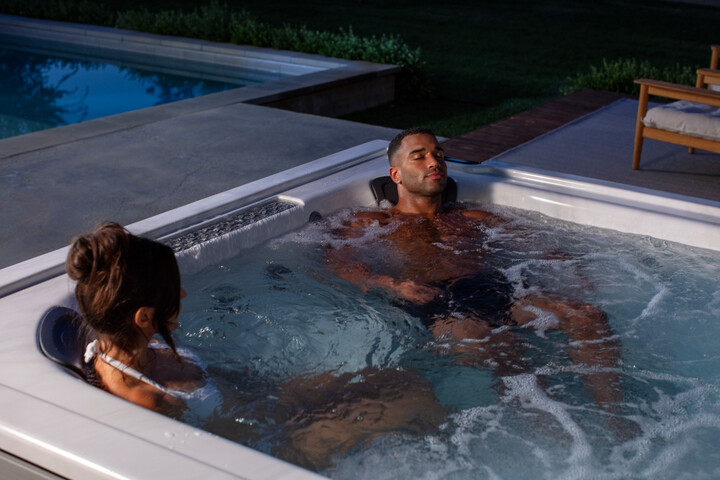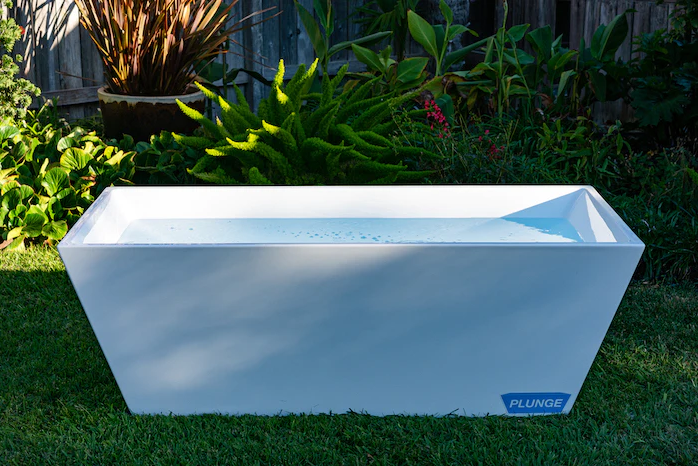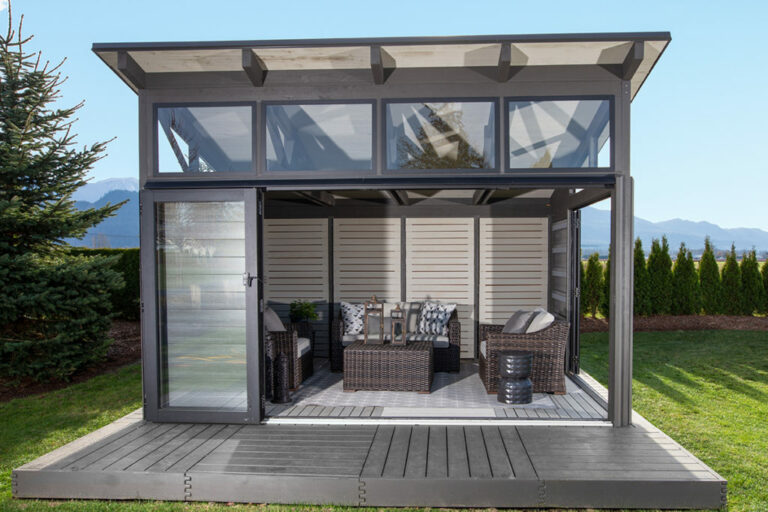When Trevor Wasney first joined the hot tub industry in 1997, he operated out of a 400-square-foot showroom with nothing but a split hot tub model and pamphlets. When he wanted more units on the showroom floor, he had to call the glass company across the street to remove one of the front windows so they could be wheeled inside.
Not anymore. Wasney is now the president and CEO of Wellness Shop, which boasts nine locations and a reputation as one of Canada’s most successful retailers. We chatted with Wasney about life as a spa dealer, his thoughts on the industry and his amazingly profitable recession years.
You joined the industry in 1997. What was the hot tub industry like at the time?
It wasn’t a well-established industry for sure; it had a pretty low barrier to entry, and that’s how I got started in it. The competition wasn’t very strong, and that was one of the factors that led me into the business. Typically, the market included some plumbing guys that didn’t do hot tubs as their main business, but as sort of an easy sell on the side. So I thought, “I’m going to give this a go and focus on the hot tub.” So that’s been a big thing for me, just focusing on one thing and trying to do it the best you can and be the best you can.
Were you always a Jacuzzi dealer?
We were with a Canadian manufacturer since 2001 and spent millions of dollars marketing our name under that brand for 10 years. We were terminated in the fall of 2011 and we were given 30 days to do a complete brand makeover. Very shortly thereafter, we found ourselves competing directly with the brand we had previously carried, as they opened a retail store across the street from our head office.
Wow, how many stores did you have at the time?
We had eight stores at that point.
So how on earth did you manage that?
(Laughs) As you might imagine, it was pretty difficult. It happened so quickly; it was pretty much all hands on deck. Really difficult to do, but we started to make it happen.
You’ve been with Jacuzzi for nearly three years now. How’s it been since?
The one thing about Jacuzzi and our company: There’s a very strong alignment with respect to the end-user experience. It’s fundamental to have a manufacturer building hot tubs with the end-user in mind, and Jacuzzi really understands that. And there are very few manufacturers out there I’ve had experience with that have that mindset. From my experience, a lot of manufacturers are interested in one thing: their bottom line. They don’t really care how the retailers deal with their consumers. They’re kind of at arm’s length at that point, and they want to stay at arm’s length.
How in particular does Jacuzzi help promote the “end-user experience?”
They have an excellent web presence. They’re putting a lot of money into lead generation for their dealers, so they’re very, very strong on the marketing end and really educating consumers about not just the brand, but the benefits of hot tubs, which I think helps everybody. I think everybody gets a lot of benefit from the work Jacuzzi is doing just by promoting the industry and promoting hot tubs in general.
PROFIT Magazine named you one of Canada’s fastest-growing companies from 2007 to 2010. Tell us more about that.
PROFIT Magazine picks 100 of Canada’s fastest-growing companies, and we made the list from 2007 to 2010, so four years running. They base that off a year-over-year increase in revenue, so to do that four years in a row is pretty tough.
The end of that four-year streak coincides with the recession. How did you not only survive, but actually increase your revenue in those years?
It was pretty scary going into it, but 2009 was one of our most profitable years if you could believe that. We really went after it pretty aggressively. The Canadian government actually kind of threw us a lifeline; they had a home renovation tax credit and we found out hot tubs were allowed under that tax credit. And the credit was worth up to $10,000. So we really focused our efforts on marketing that because there are not too many opportunities consumers get where they get up to a $10,000 tax credit, right? I’d say if there was one factor that really helped us out, it was that.
What else did you do?
A lot of focused marketing. We’ve always done a lot of radio, a lot of branding, you know, basically educating consumers on the benefits of having a hot tub in their backyard. Lead generation is pretty critical because, with the number of salespeople and stores we have, they need the leads to work. So we really started focusing heavily on lead generation through digital marketing.
What do you think is the hot tub industry’s greatest challenge?
I think it’s the experience of the end consumer. I think at the end of the day, if the consumer isn’t happy with their hot tub experience, no matter what brand they own, it’s not good for the industry. And when you see dealers selling out of their backyards and at low margins, and they can’t properly service their customers, that kind of leads to bad experiences for their customers. And when that happens, that’s another mark against the industry because people refer to hot tubs as “hot tubs.” If somebody has a bad experience, they’re going to tell a lot of people about it.
I think a lot of manufacturers aren’t careful about the dealers they have representing them. And that has to change. For the industry to grow, you need strong dealers across the board who care about and service and support the end consumer. And you have to have manufacturers that also support their dealers to do that.
Last question: What makes you different from other spa dealers?
I just think we have more focus on what’s important, and what’s important is the end-user. It’s not about price; it’s about value. People will spend the money on a hot tub, whether it’s an entry-level or a more expensive hot tub as long as they know that there’s value, they know it’s a credible dealer, a credible brand, a credible product.
There’s an old saying that customers can pick two out of the three: price, quality, and service. Customers can never get all three. They can never get the best price, the best quality, and the best service. They can pick two of the three, and the two we provide are high-quality and the service to back it up.




